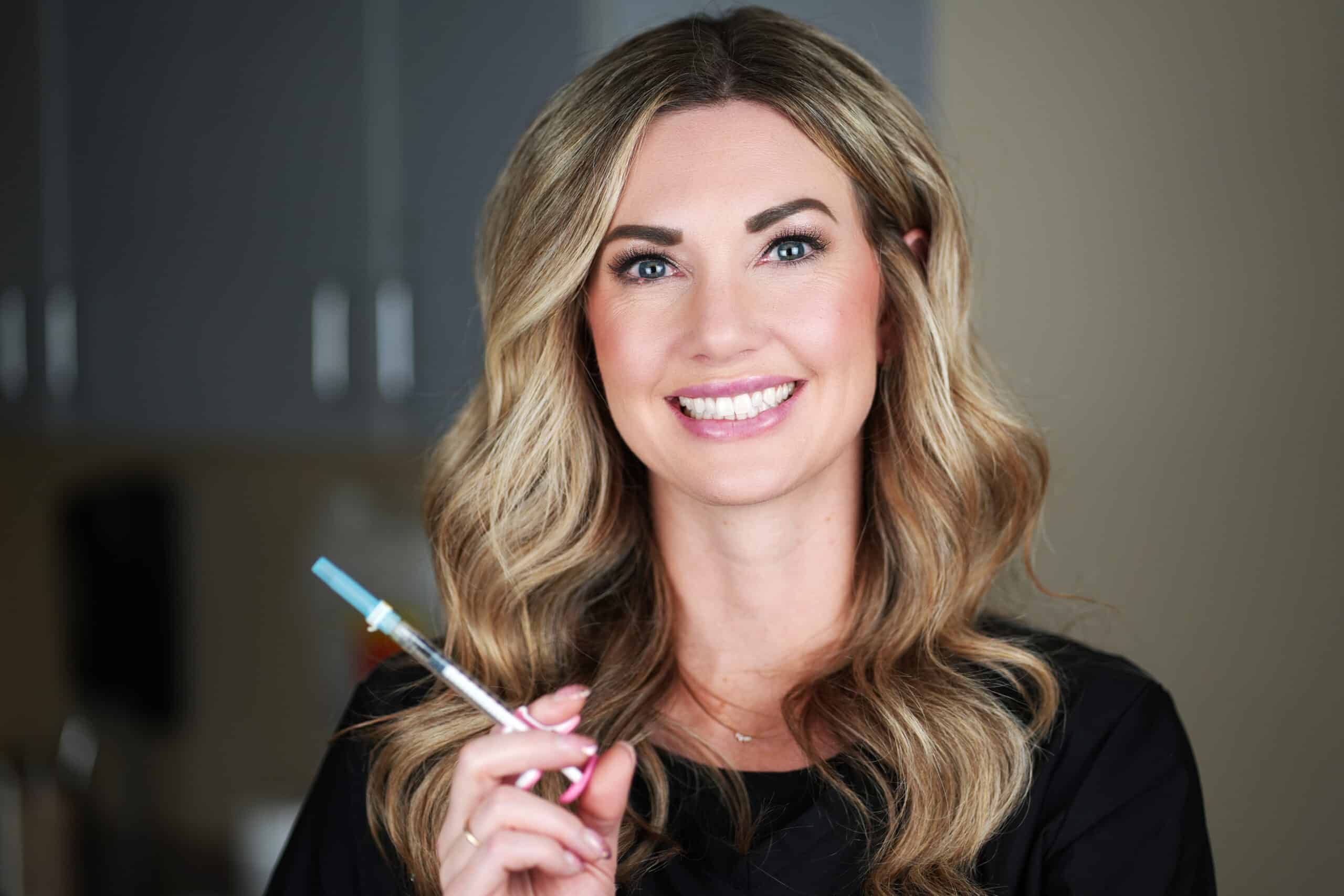
A tummy tuck — or abdominoplasty — is one of the most transformative body contouring surgeries available. It removes excess skin, tightens weakened abdominal muscles, and can dramatically improve abdominal contour after pregnancy, significant weight loss, or aging.
While results can be life-changing, the recovery process is just as important as the surgery itself. Understanding what to expect — and taking proactive steps to support healing — can help you return to your normal routine faster, more comfortably, and with the best possible results.
What Happens During a Tummy Tuck
During abdominoplasty, a plastic surgeon removes excess skin and fat from the abdominal area and, in many cases, tightens the rectus abdominis muscles that may have separated (a condition called diastasis recti).
Some patients also undergo liposuction during the same procedure to further contour the waistline. The incisions are typically placed low on the abdomen so scars can be hidden beneath underwear or swimwear.
You can learn more about our surgical approach on the Plastic Surgeons of Northern Arizona tummy tuck page.
The Recovery Timeline
Recovery varies depending on the type of tummy tuck performed (full, mini, or extended) and whether it was combined with other procedures. Here’s a general timeline:
First Few Days:
- Swelling, bruising, and tightness are normal.
- Surgical drains may be in place to prevent fluid buildup.
- Walking is encouraged as soon as possible to promote circulation and reduce the risk of blood clots.
Weeks 1–2:
- Many patients can transition from prescription pain medication to over-the-counter options.
- Drains are typically removed within 7–14 days, depending on fluid output.
- Light activity is encouraged, but lifting, bending, and strenuous exercise are avoided.
Weeks 3–6:
- Gradual return to daily activities.
- Most patients can resume work at 2–4 weeks, depending on their job requirements.
- Exercise can slowly be reintroduced, focusing on low-impact cardio before core or strength training.
After 6 Weeks:
- Most restrictions are lifted, but scar maturation and subtle changes in contour will continue for several months.
- Final results are often visible by 6–12 months.
Factors That Influence Recovery
Several factors affect how quickly and comfortably you recover:
- Surgical technique: Less invasive approaches, such as a mini tummy tuck, often require shorter downtime than a full abdominoplasty.
- Your overall health: Non-smokers with good nutrition and stable weight typically heal faster.
- Postoperative care compliance: Following your surgeon’s instructions on wound care, activity restrictions, and follow-up visits is critical.
- Combination procedures: Adding liposuction, breast surgery, or other treatments can impact recovery time.
Tips for a Faster, Smoother Recovery
1. Follow Your Surgeon’s Instructions Exactly
Your plastic surgeon’s guidance will be tailored to your body, surgical details, and medical history. This includes how to care for your incision, manage drains, wear compression garments, and when to resume certain activities.
2. Wear Your Compression Garment
Wearing a post-surgical compression garment as recommended helps minimize swelling, supports healing tissues, and can improve contour results. Most patients wear it continuously for several weeks.
3. Manage Pain and Swelling
Pain management often begins with prescribed medication and transitions to over-the-counter options. Some surgeons use long-acting local anesthetics during surgery to reduce the need for opioids afterward. Cold compresses and proper garment use can help with swelling.
4. Prioritize Gentle Movement
Light walking several times a day promotes blood flow, which helps prevent deep vein thrombosis (DVT) and supports healing. Avoid heavy lifting or core exercises until cleared by your surgeon.
5. Eat for Healing
A balanced diet rich in lean protein, healthy fats, and vitamins A and C supports tissue repair. Staying hydrated also aids in recovery. If you have dietary restrictions or chronic conditions, your surgeon may recommend a consultation with a registered dietitian.
6. Avoid Smoking and Nicotine
Nicotine constricts blood vessels, impairing circulation and slowing healing. Most surgeons require patients to quit smoking and avoid nicotine products for several weeks before and after surgery to reduce the risk of complications.
7. Care for Your Scars
Once your incision has closed, your surgeon may recommend silicone sheeting or gels to help soften and flatten scars. Sun protection is essential, as UV exposure can darken scar tissue.
When to Call Your Surgeon
Contact your plastic surgeon promptly if you notice:
- Excessive redness, swelling, or warmth at the incision site
- Foul-smelling drainage or pus
- Fever over 101°F (38.3°C)
- Sudden increase in pain or swelling
- Shortness of breath or leg pain (possible signs of DVT or pulmonary embolism)
Early intervention can prevent minor issues from becoming major complications.
Returning to Exercise
Resuming physical activity too soon can delay healing or cause complications. A gradual approach is best:
- Weeks 1–3: Gentle walking only.
- Weeks 3–6: Low-impact cardio such as stationary cycling or light elliptical work (with surgeon approval).
- After 6 Weeks: Gradually reintroduce strength training and core exercises, starting with low resistance and progressing slowly.
Combining a Tummy Tuck with Other Procedures
Some patients choose to combine abdominoplasty with other body contouring surgeries, such as a breast lift or liposuction, in a procedure often called a mommy makeover. While this can enhance results and limit total downtime compared to separate surgeries, it may extend the initial recovery period.
Long-Term Results
A tummy tuck provides long-lasting improvements, but maintaining results depends on lifestyle factors. Stable weight, regular exercise, and a healthy diet help preserve your new contour. Pregnancy or significant weight gain after surgery can stretch the skin and muscles again, reducing the longevity of results.
The Bottom Line
Recovering from a tummy tuck is a process that requires patience, commitment, and good communication with your surgical team. By following your surgeon’s instructions, supporting your body with healthy habits, and allowing yourself the necessary downtime, you can heal faster, minimize discomfort, and enjoy the full benefits of your new abdominal contour.
For more details about the procedure itself, visit our tummy tuck overview page on psna.net.
Author Profile: Brian Cripe, M.D., is an award-winning, board-eligible plastic and reconstructive surgeon and Plastic Surgeons of Northern Arizona partner. Dr. Cripe specializes in cosmetic surgery, limb salvage, peripheral nerve microsurgery, hand surgery, and oncologic reconstructive procedures. He has performed over 6,000 surgical cases during his 10-year tenure as a surgeon.




